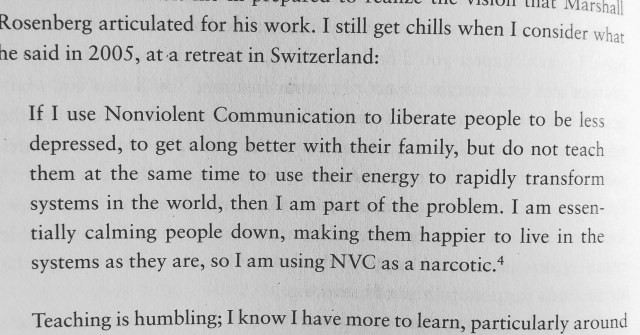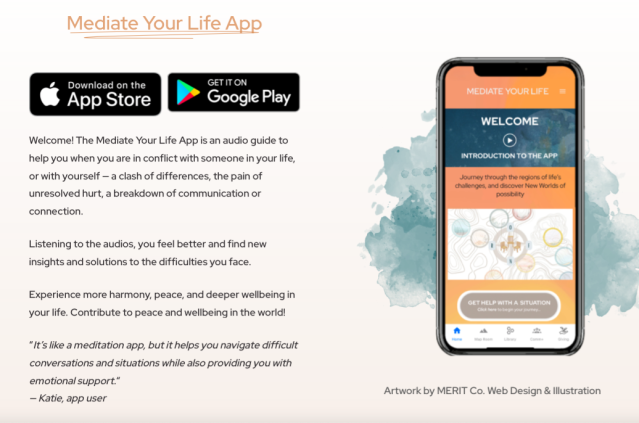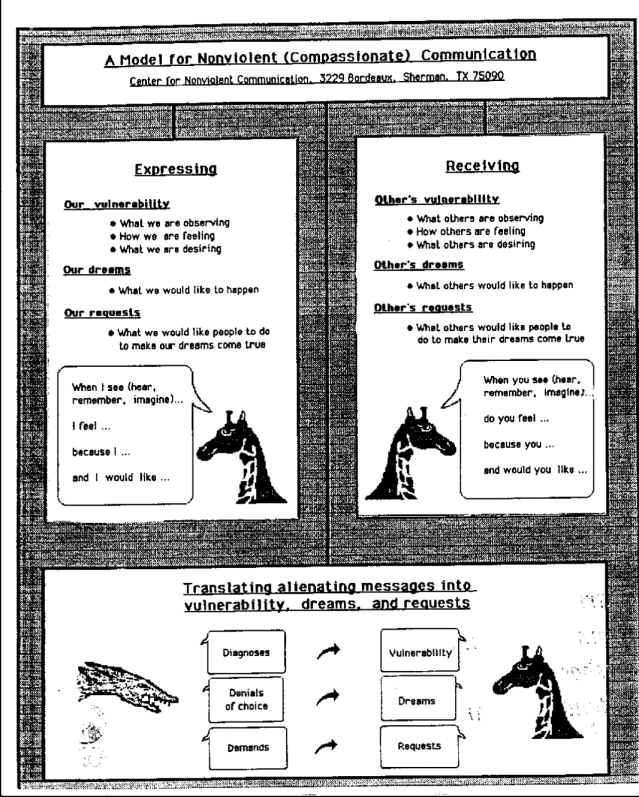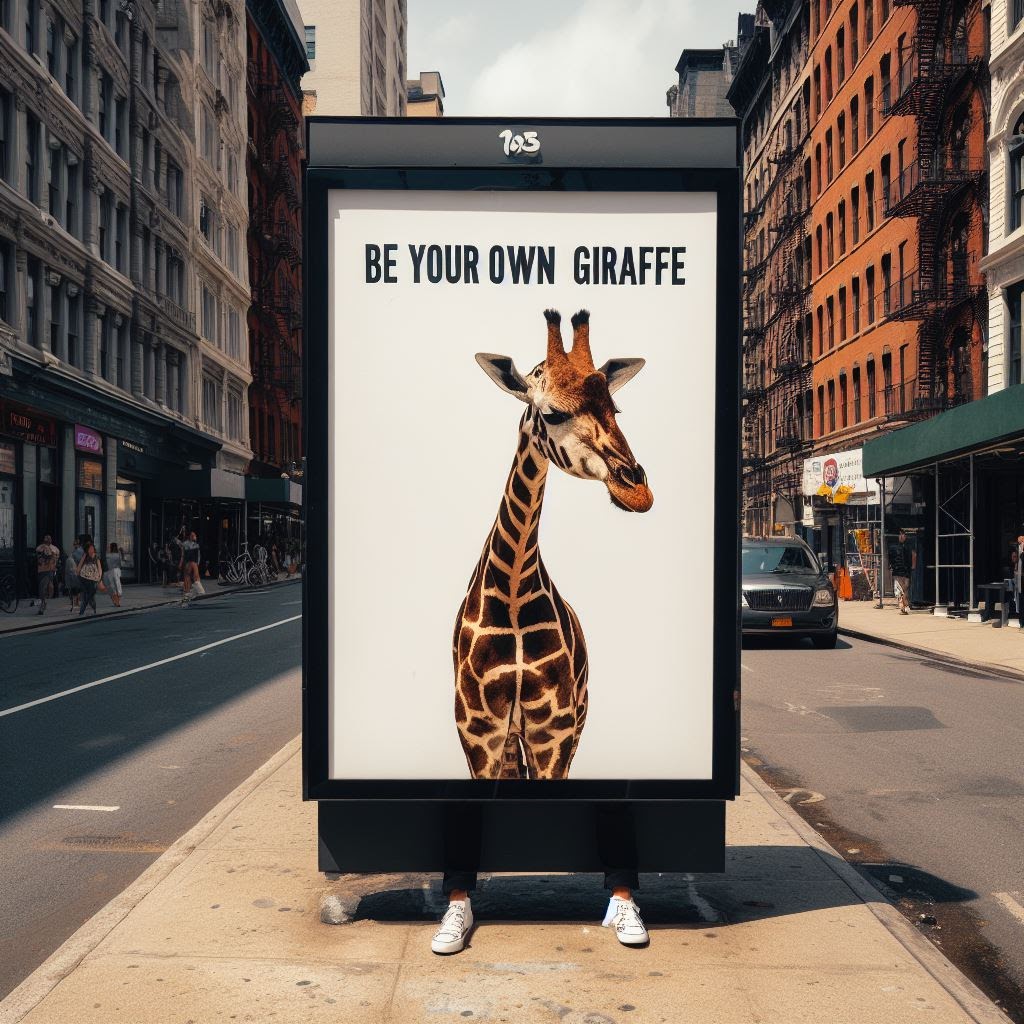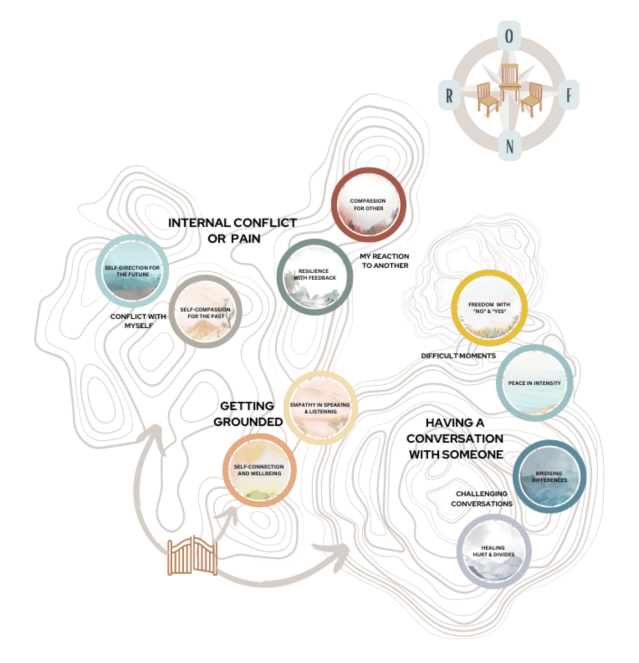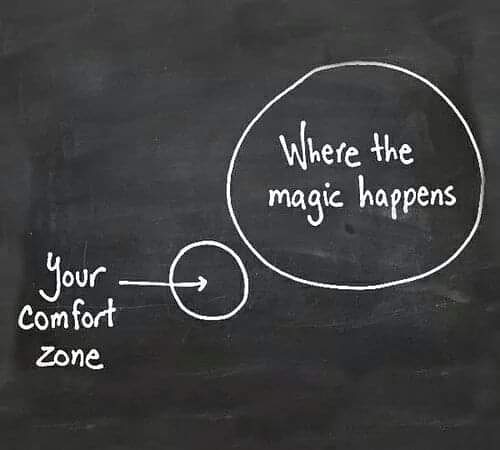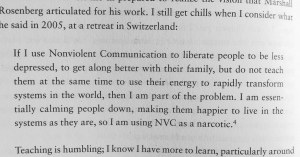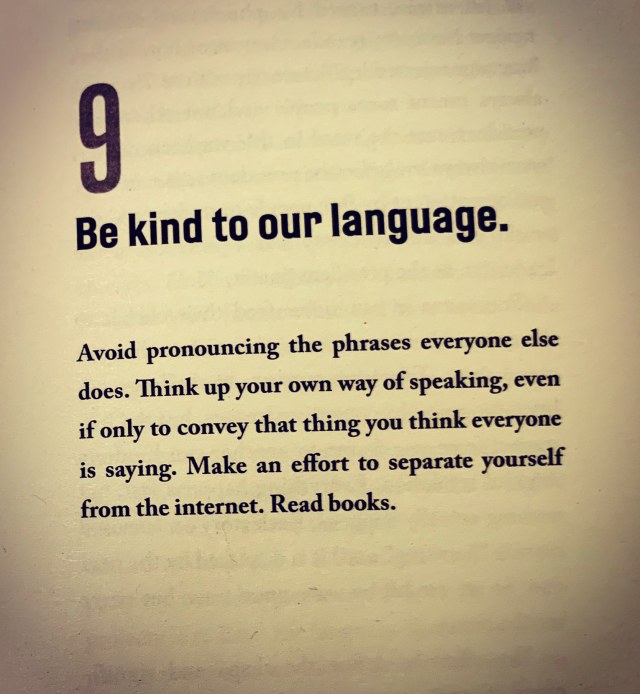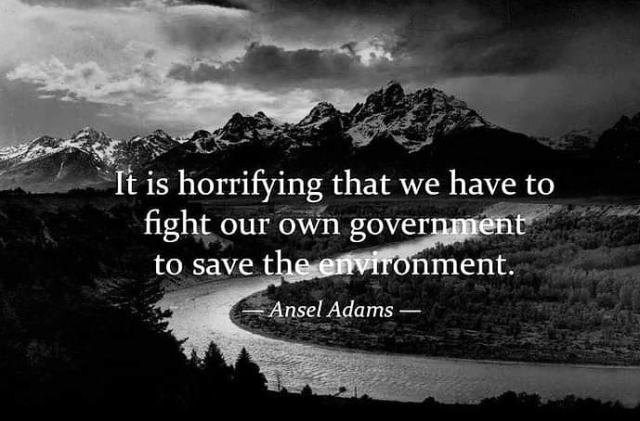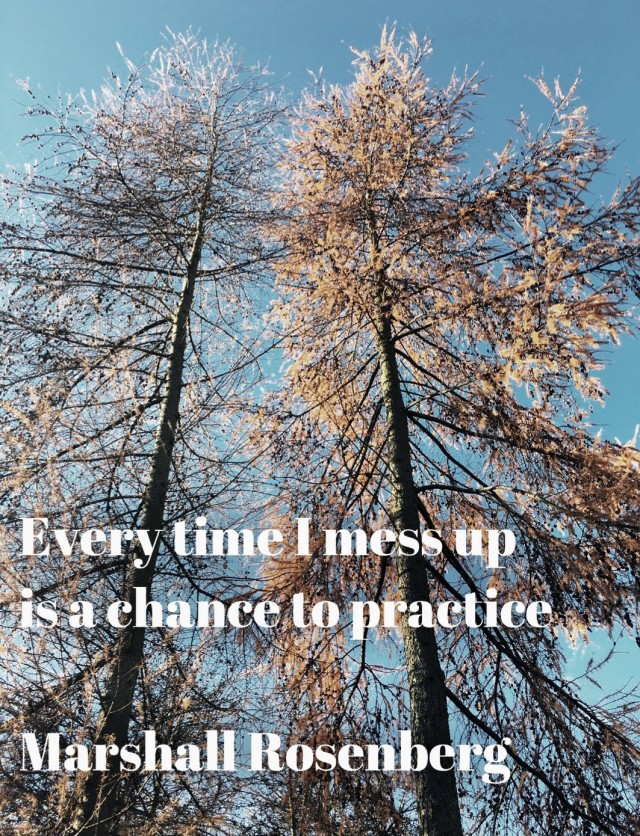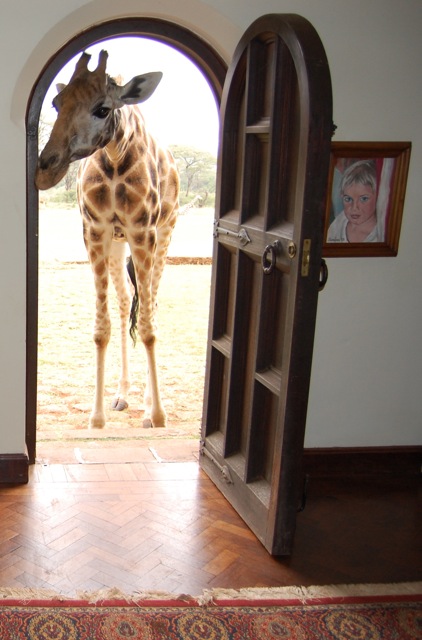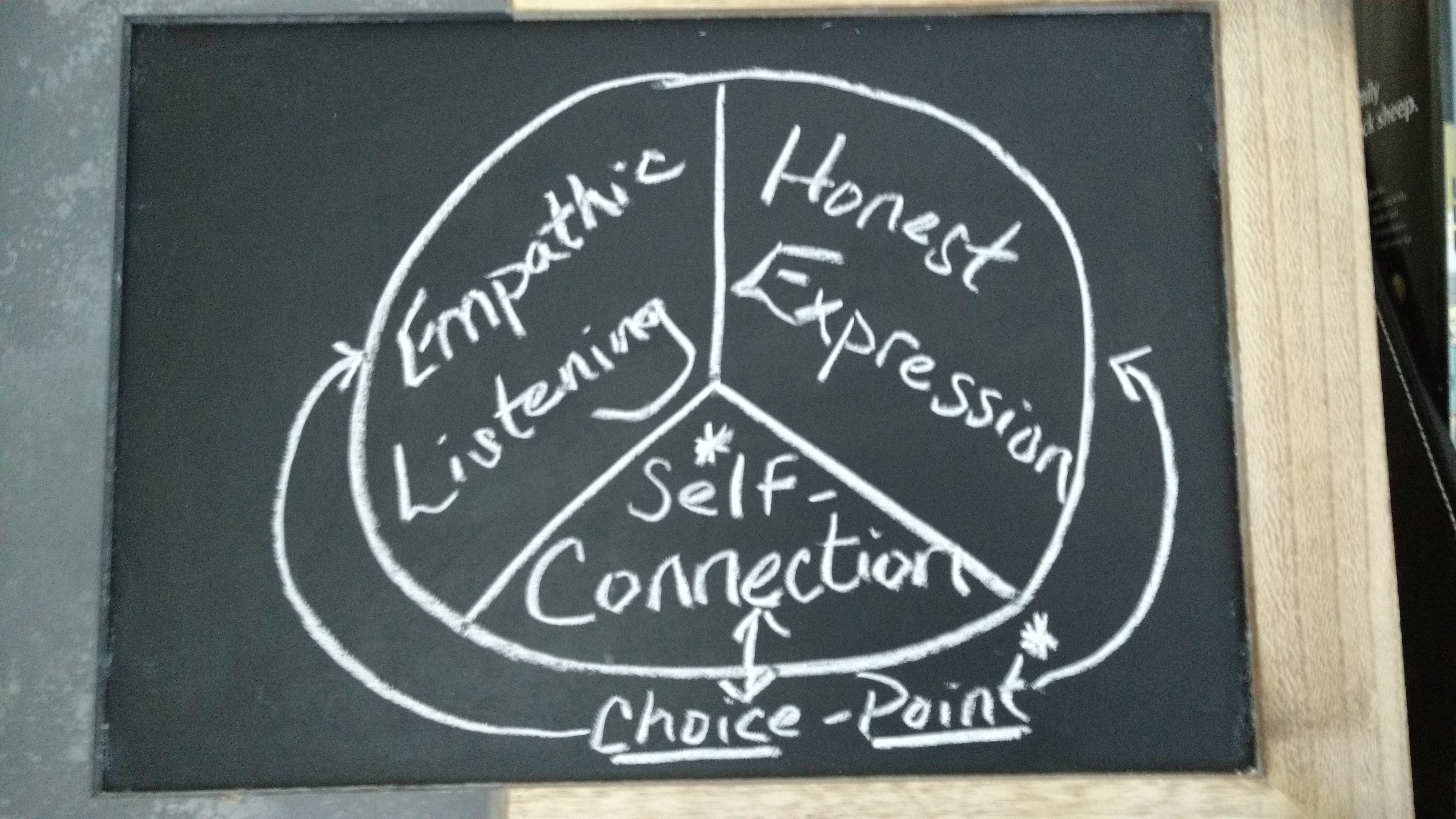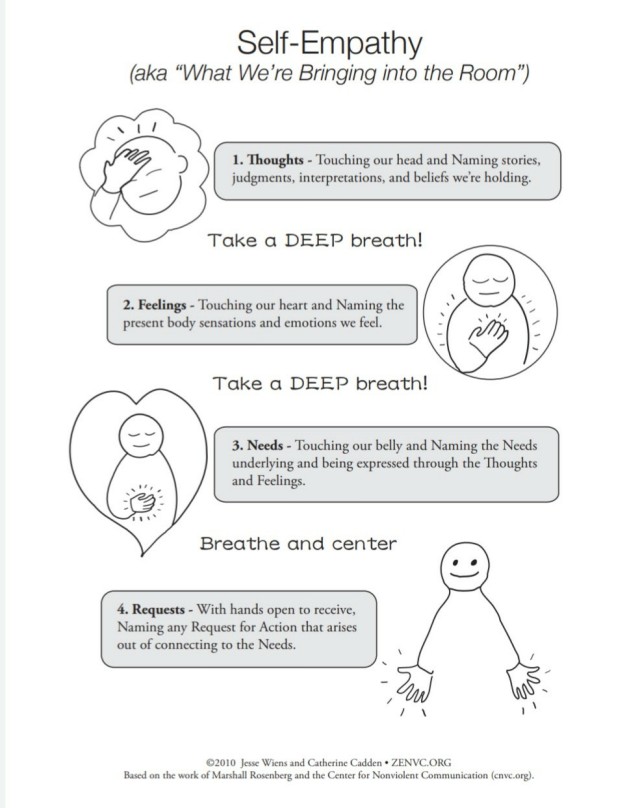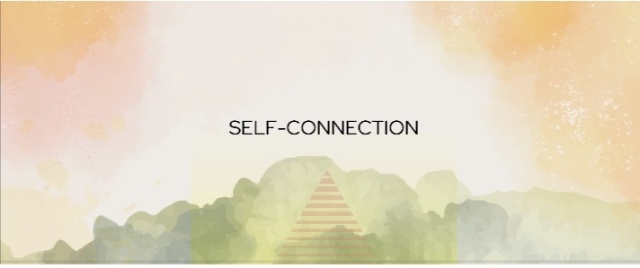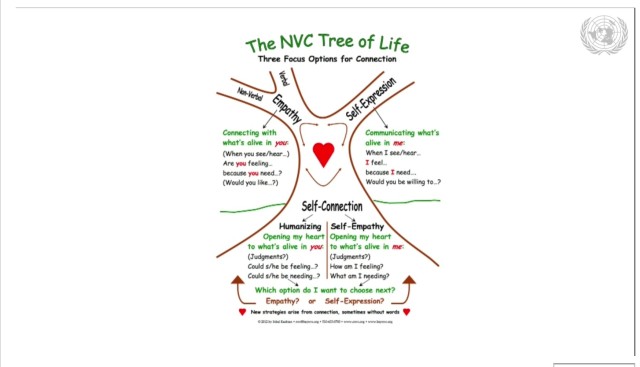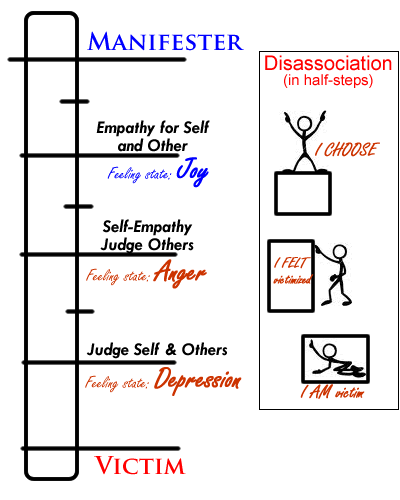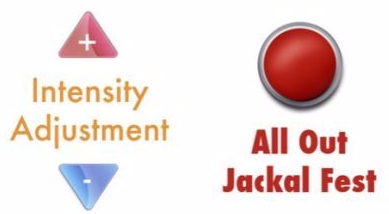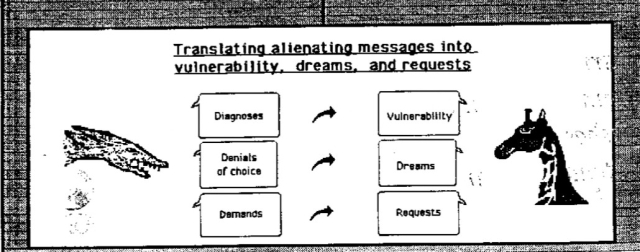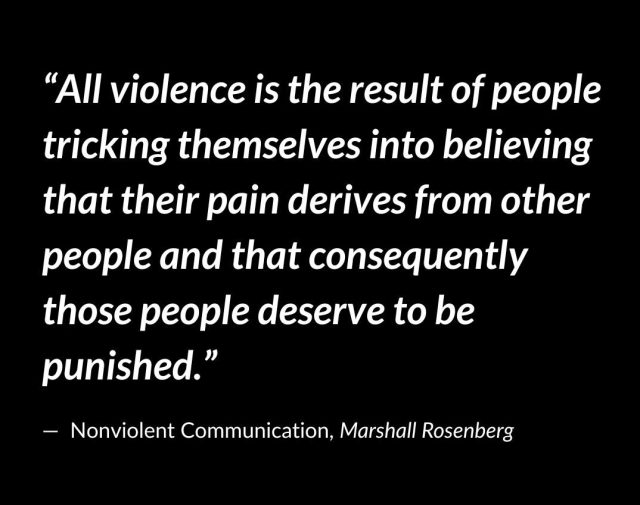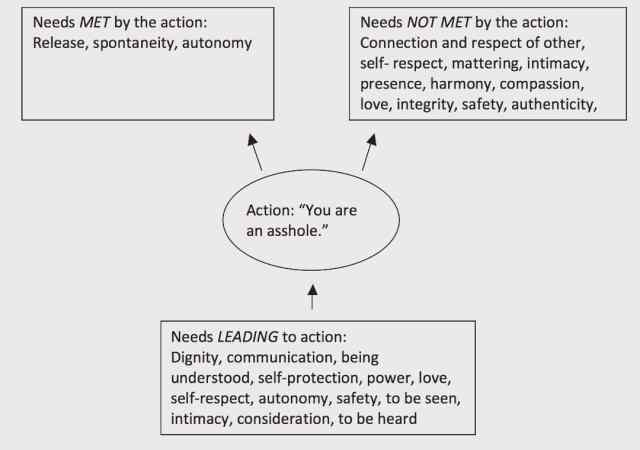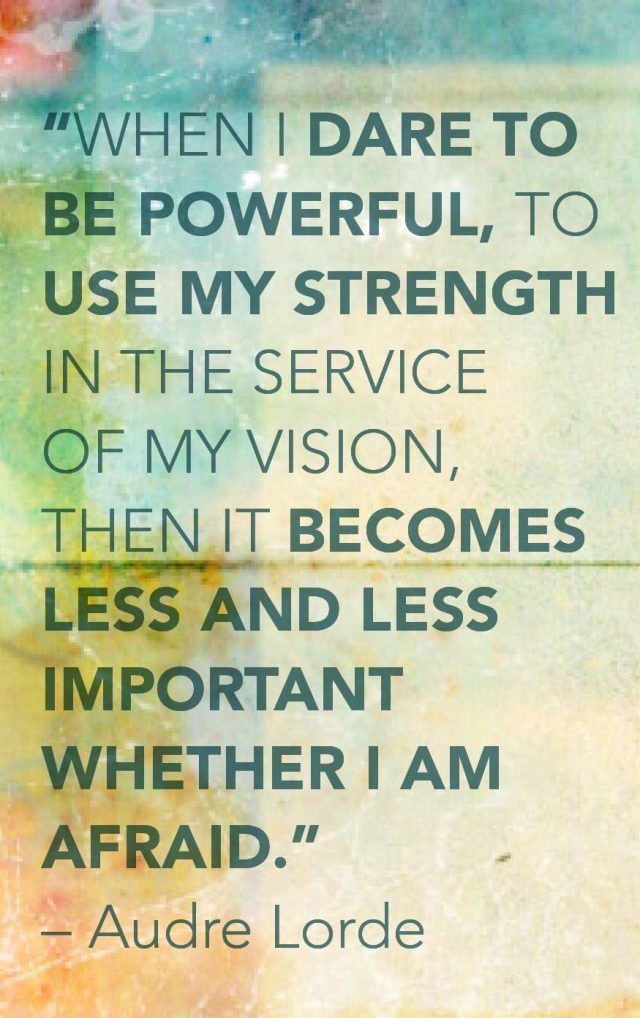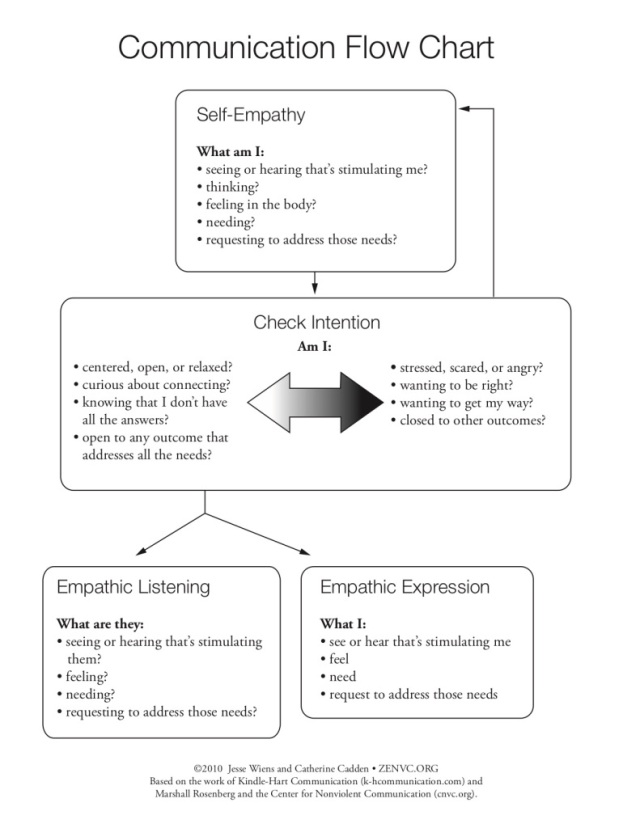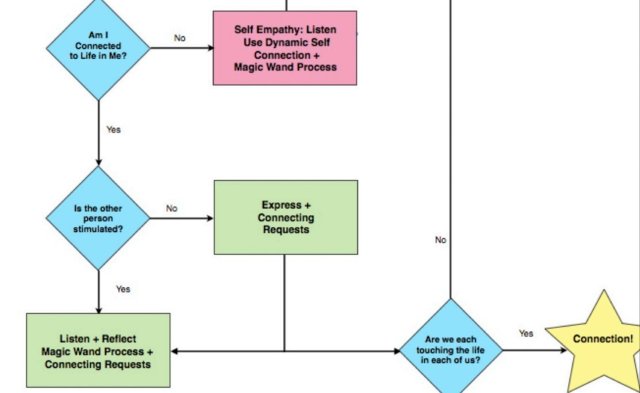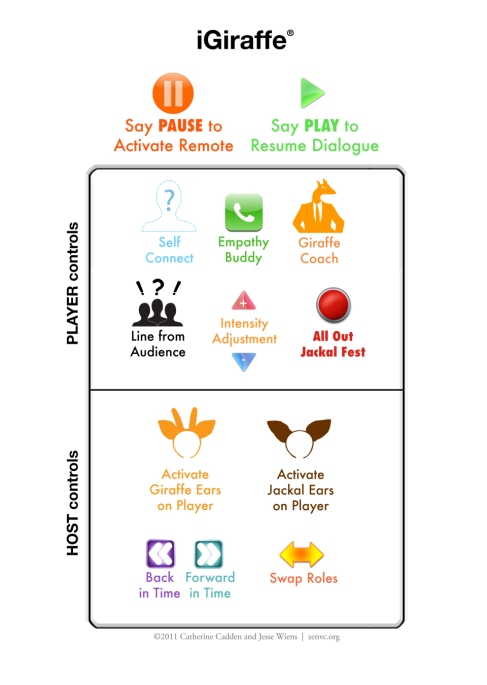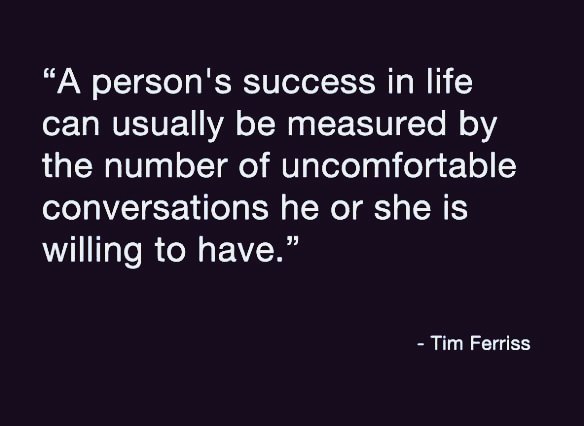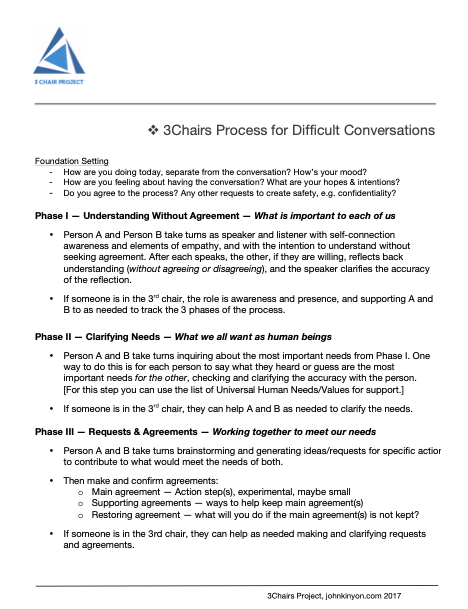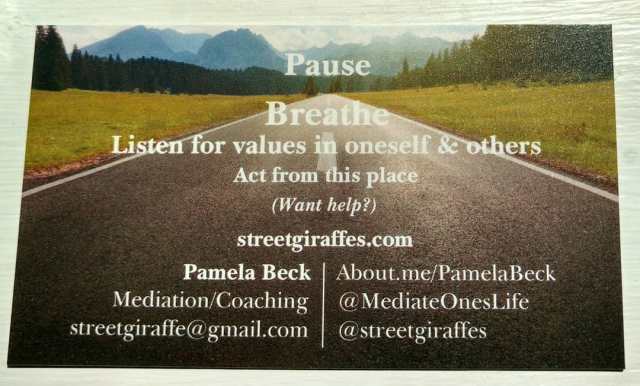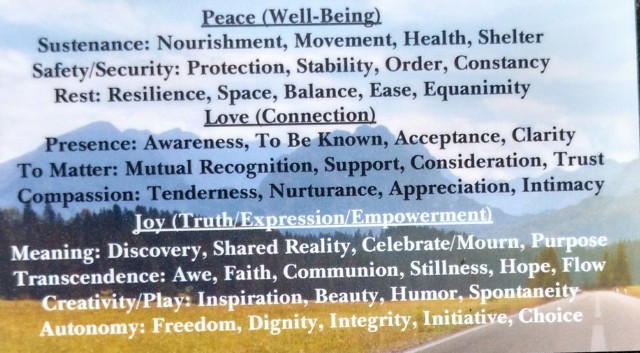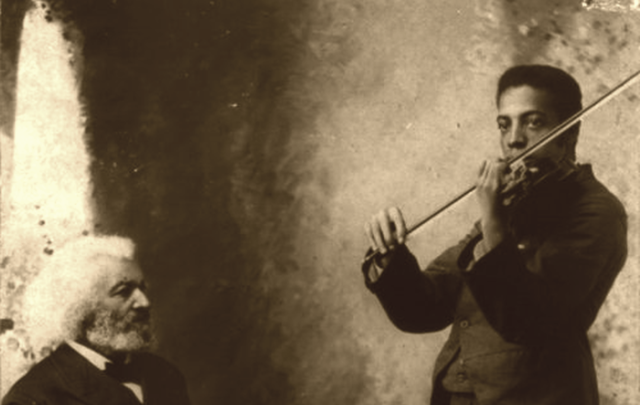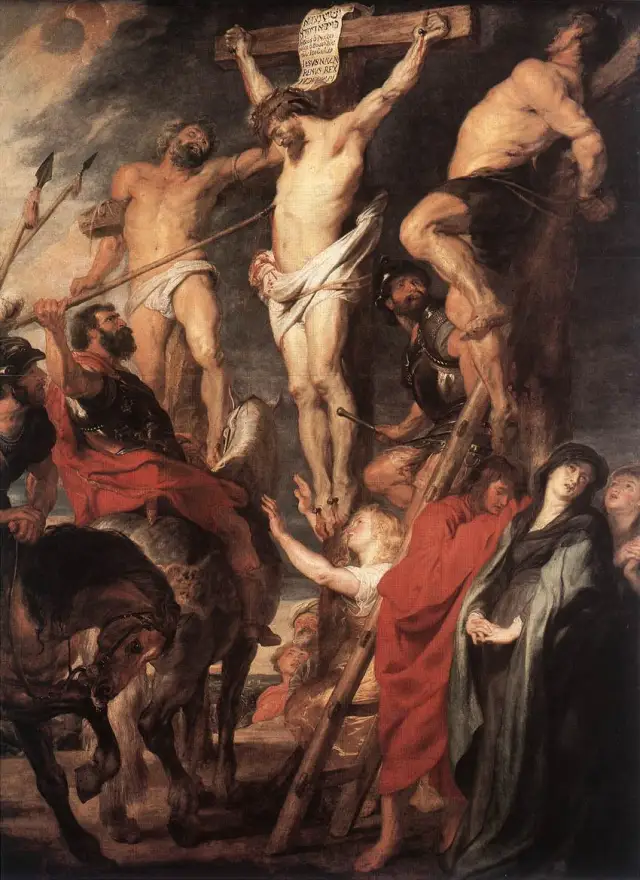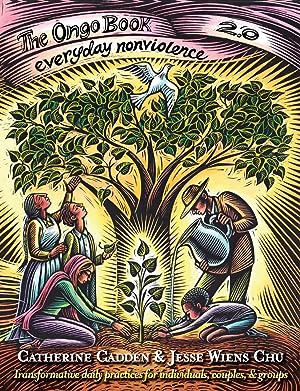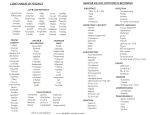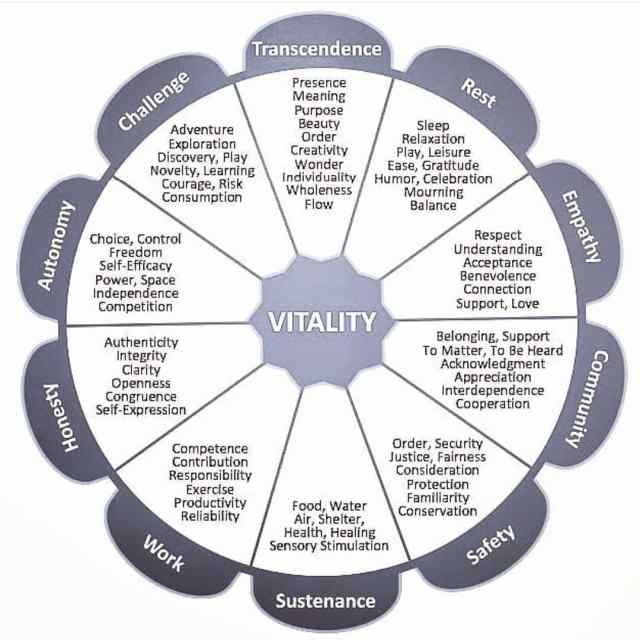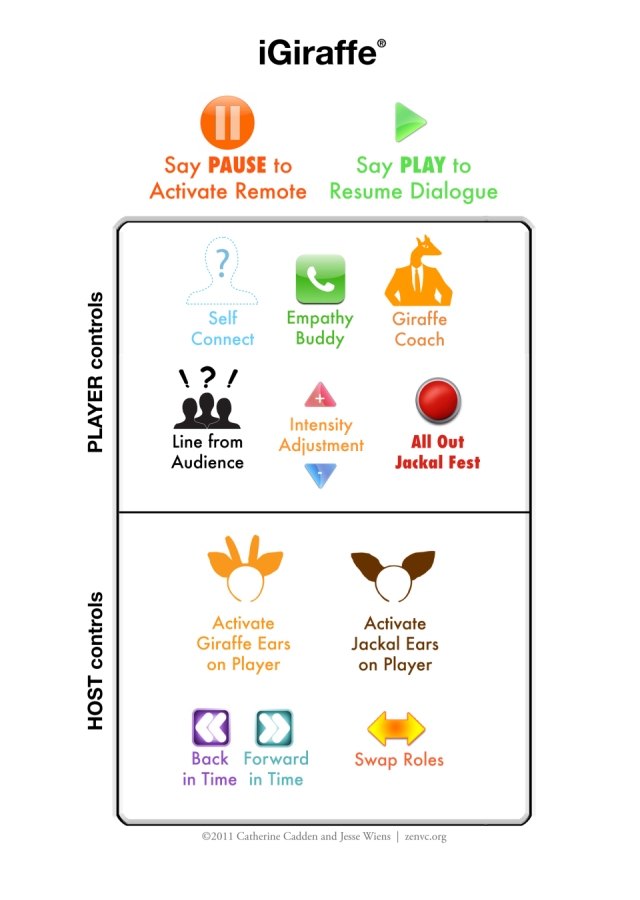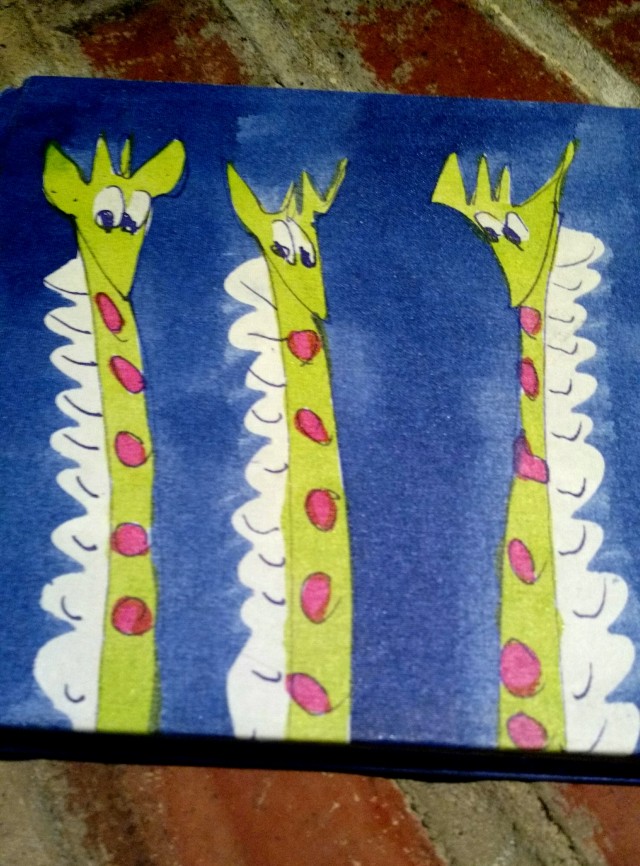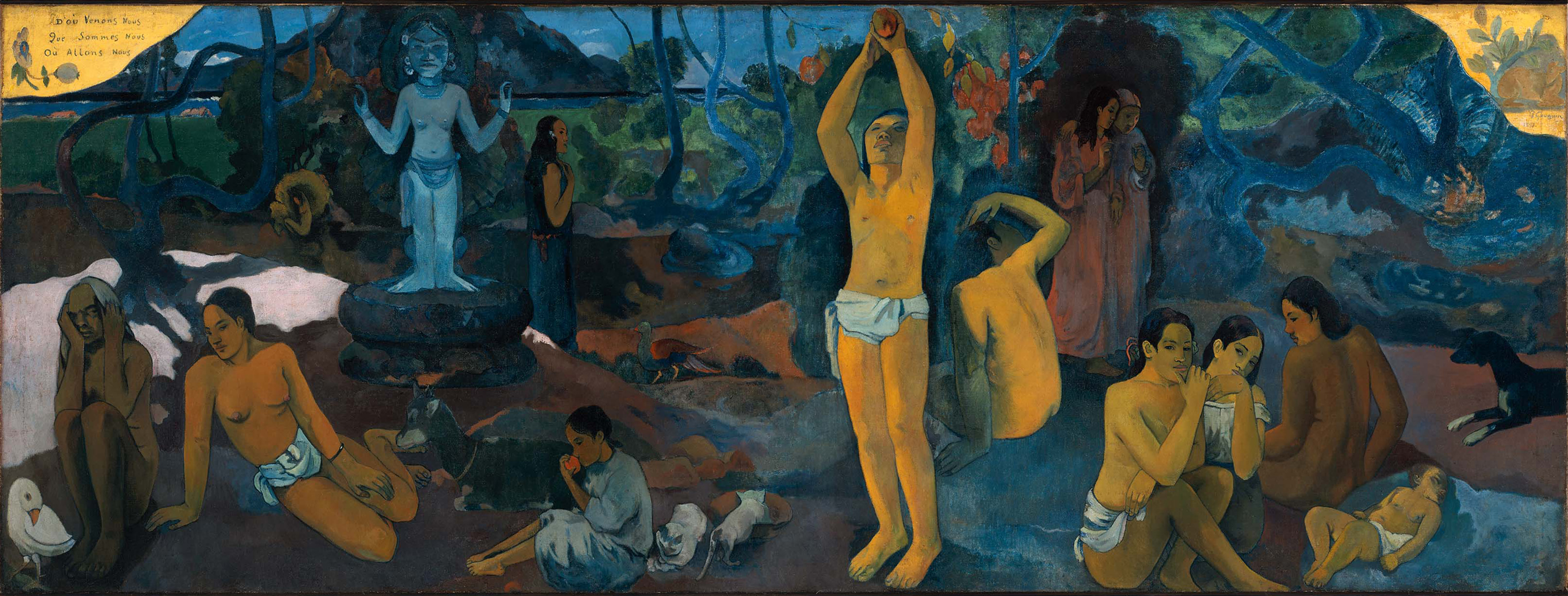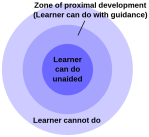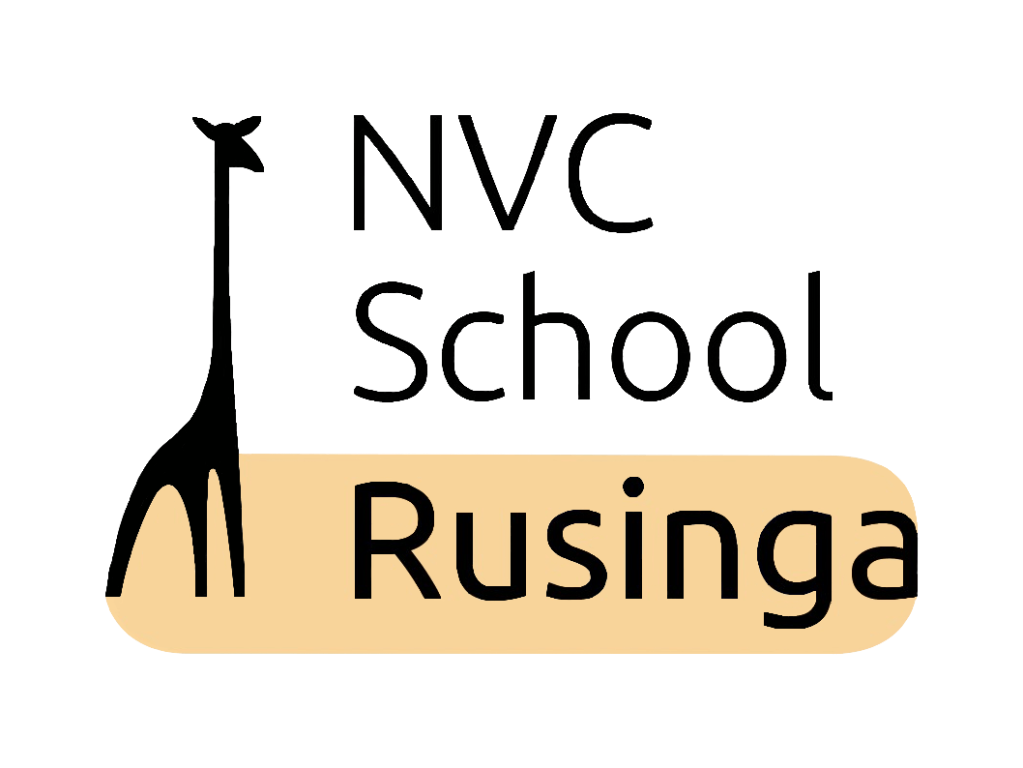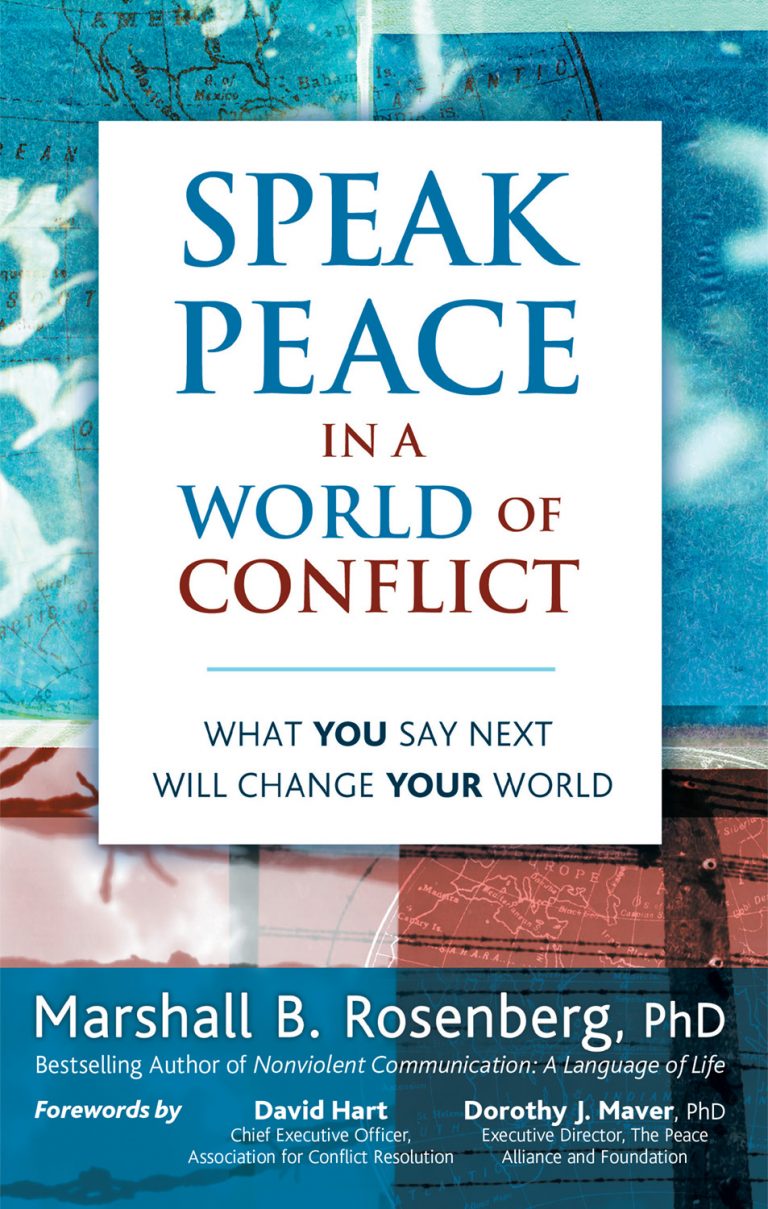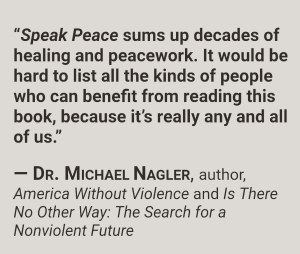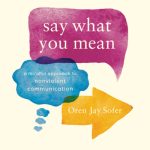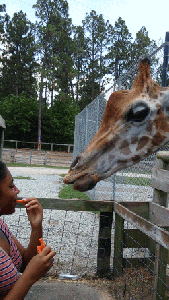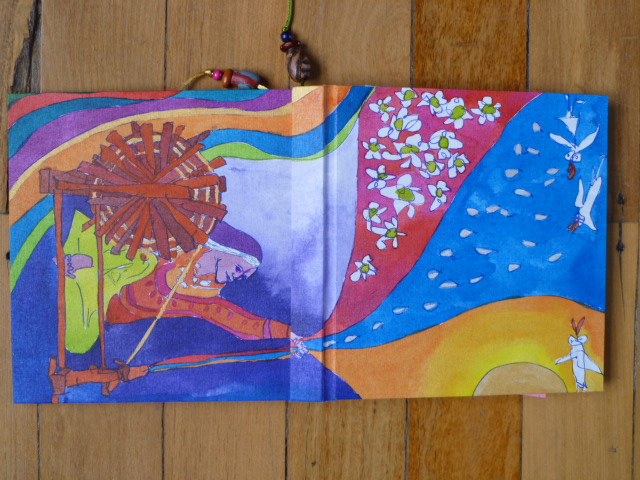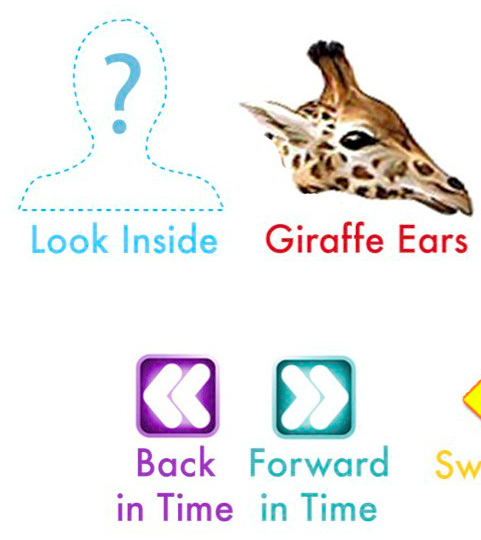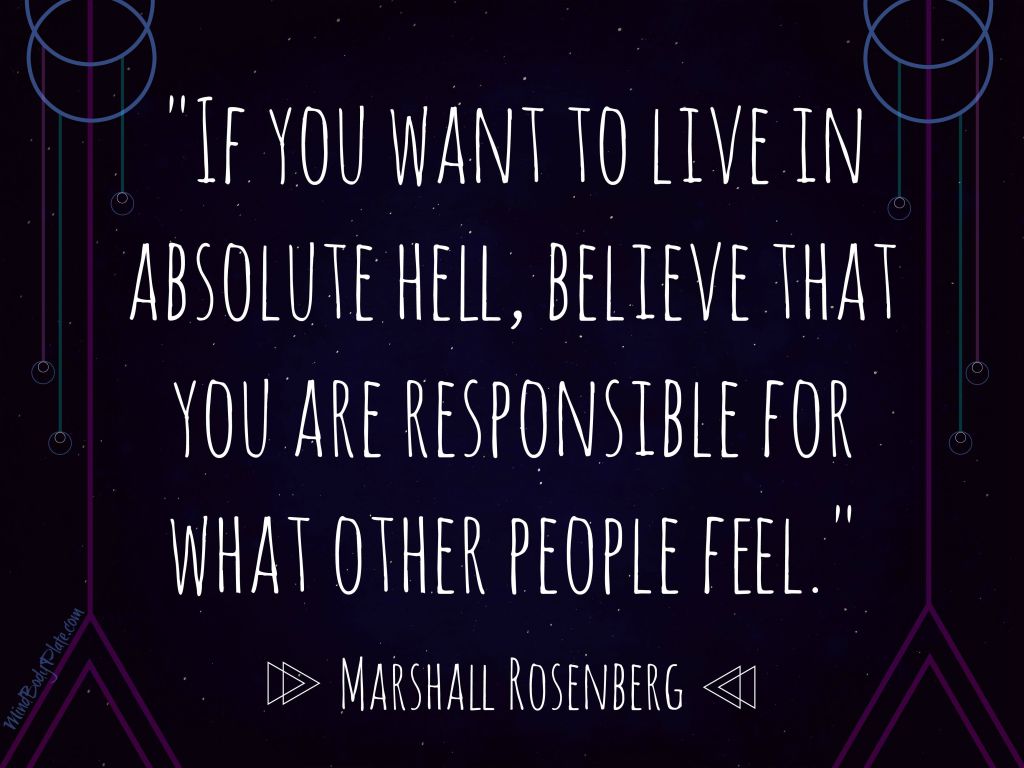CNVC‘s founder – Marshall Rosenberg
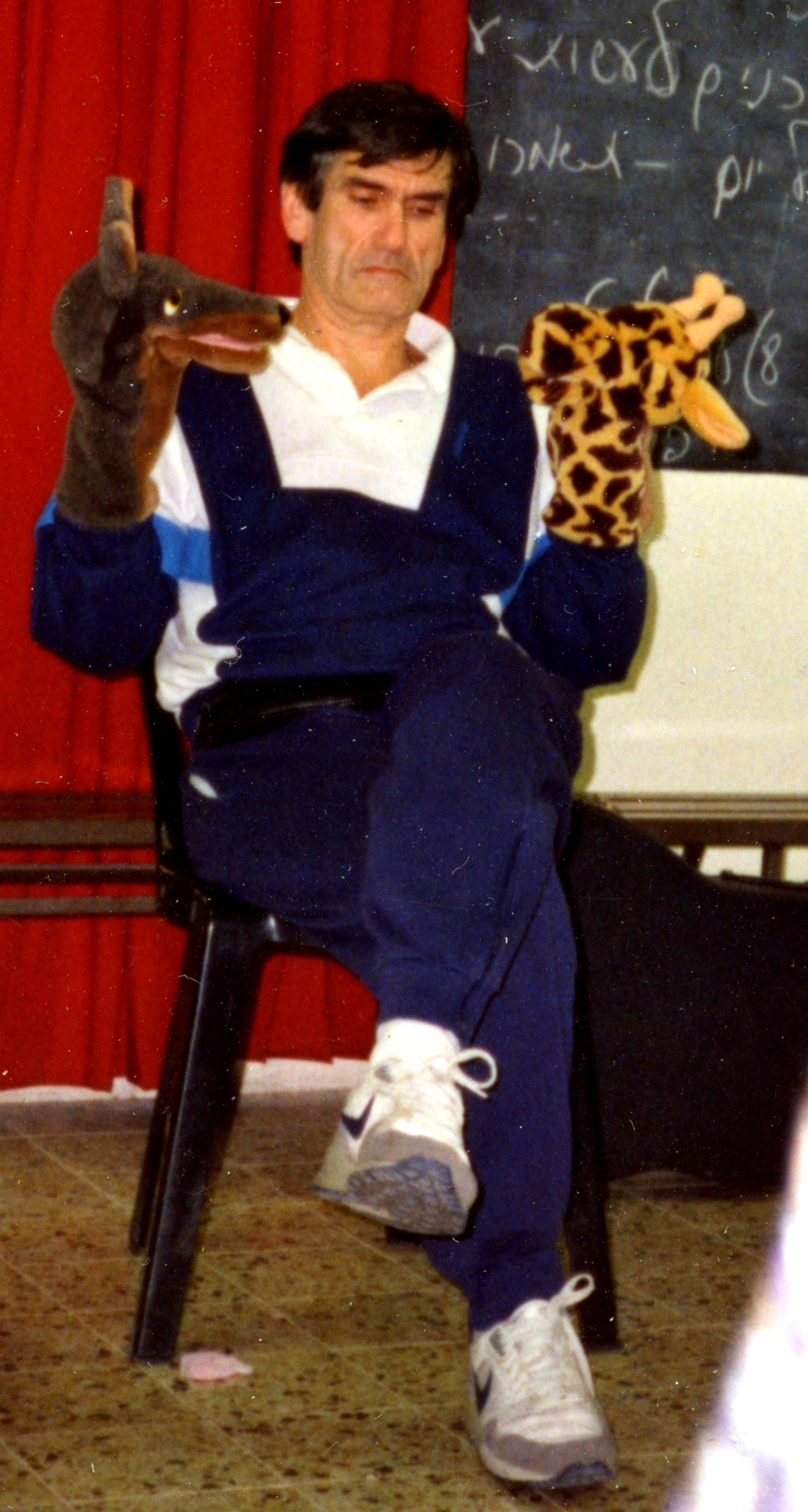 (Courtesy of Etan J. Tal via Wikimedia Commons)
(Courtesy of Etan J. Tal via Wikimedia Commons)
“To give a gift of one’s self is a manifestation of love. It’s a gift when you reveal yourself nakedly and honestly, at any given moment, for no purpose than to reveal what’s alive in you. Not to blame, criticize, or punish. Just “Here I am, and here is what I would like.” This is my vulnerability at this moment. To me, that is a way of manifesting love.”
~ Marshall B. Rosenberg, “Practical Spirituality”“Marshall Bertram Rosenberg was an American psychologist, mediator, author and teacher. Starting in the early 1960s he developed Nonviolent Communication, a process for supporting partnership and resolving conflict within people, in relationships, and in society…” continues via Wikipedia
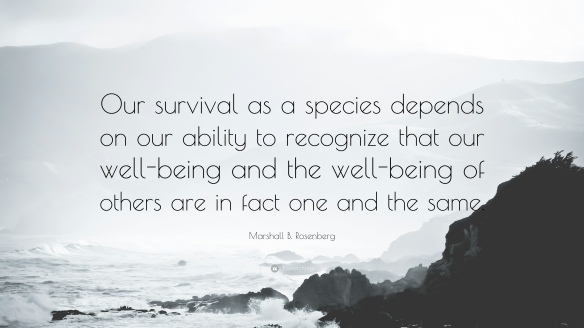
A Definition of NVC:
The purpose of Nonviolent Communication is to strengthen our ability to inspire compassion from others and to respond compassionately to others and ourselves in order to create a quality of connection with others in which everyone’s needs are equally valued and met through natural giving…

“All people ever say is: THANK YOU (a celebration of life) and PLEASE (an opportunity to make life more wonderful).” ~ Marshall B. Rosenberg
Synopsis of above (via Cup of Empathy‘s YouTube channel)
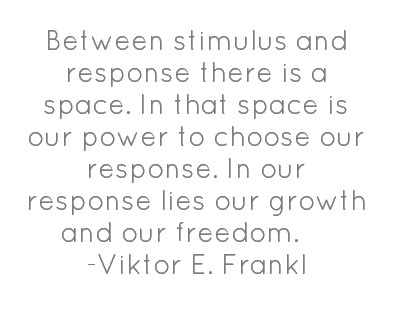 This approach to communication emphasizes compassion rather than fear, guilt, shame or coercion as the motivation for action. It is about getting what you want for reasons you will not regret later. With these processes, you can empower yourself to make conscious, responsible choices, so others will hear the way you want to be heard.
This approach to communication emphasizes compassion rather than fear, guilt, shame or coercion as the motivation for action. It is about getting what you want for reasons you will not regret later. With these processes, you can empower yourself to make conscious, responsible choices, so others will hear the way you want to be heard.


Quote beneath via
Oren Jay Softer‘s
“Say What You Mean:
A Mindful Approach to Nonviolent Communication“
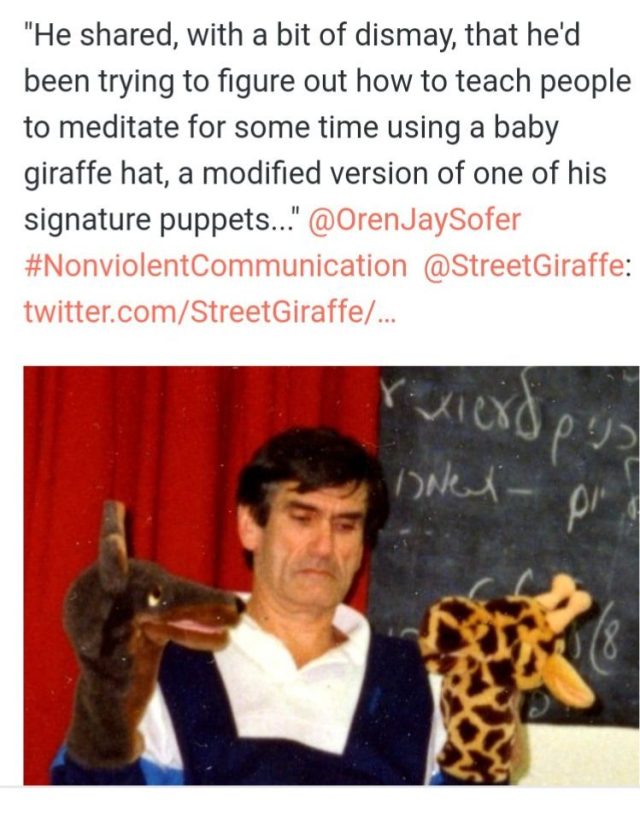
Marshall Rosenberg (photo credit Tal)
One of my favorite, and most often shared, videos of Marshall Rosenberg as to self-empathy utilizing Focusing (below).
At the seven minute mark (of the YouTube above) Marshall says, “Deep breath. You see… Now this giraffe is glad that it has practiced focusing because it’s spent a lot of time learning how to get in touch with its feelings and needs and it can give itself some emergency first aid empathy right now to deal with what’s going on so that it can then focus its attention on the other person again.” (Note Inner Relationship Focusing’s Ann Weiser Cornell is seated beside Marshall Rosenberg.)
About Marshall Rosenberg, founder of NVC | CNVC
Marshall B. Rosenberg, PhD. 1934 – 2015
Visit a Memorial Page for Marshall on Facebook and see a list of quotes about Nonviolent Communication here.
Articles About Nonviolent Communication & Dr. Marshall Rosenberg
Positive News: Peacemaker Marshall Rosenberg Leaves Lasting Legacy of Nonviolent Communication
“A dedicated teacher, peacemaker and charismatic visionary, over his lifetime Rosenberg led NVC workshops and intensive trainings for thousands of people in over 60 countries.”
Marshall Rosenberg’s NVC Quote Collection
boiling the process down to two questions:
1) What’s alive?
& 2) What would make life more wonderful?


One of Marshall Rosenberg’s favorite books (which he said he had read seven times):
“I am not easily frightened. Not because I am brave but because I know that I am dealing with human beings, and that I must try as hard as I can to understand everything that anyone ever does…” (continues)
~ Etty Hillesum in Etty:
A Diary 1941–1943
For more as to NVC & Social Change Agency:
Politics, Climate & NVC

“I would like to suggest that when our heads are filled with judgments and analyses that others are bad, greedy, irresponsible, lying, cheating, polluting the environment, valuing profit more than life, or behaving in other ways they shouldn’t, very few of them will be interested in our needs. If we want to protect the environment, and we go to a corporate executive with the attitude, “You know, you are really a killer of the planet, you have no right to abuse the land in this way,” we have severely impaired our chances of getting our needs met. It is a rare human being who can maintain focus on our needs when we are expressing them through images of their wrongness.” – Dr. Marshall Rosenberg

Satya Nadella: The Man Who Is Transforming Microsoft – Fortune
By Andrew Nusca
Excerpt ~ “There are two types of conversations you’d have at Microsoft when you’d explain things,” Irving says. “One type of person waited for a break in the argument to argue back. The other listened to learn. That was Satya.” Well before he was named CEO, Nadella “could suspend his disbelief and opinion to listen to you thoughtfully. The slight difference between listening to argue and listening to learn is not subtle. It’s huge. Satya is soft-spoken but energetic, which is a weird combination.”
… In his first month as CEO, Nadella gave each member of his management team a book called Nonviolent Communication
TIME 100: One of the first books Satya Nadella recommended to his staff after taking the top job at Microsoft was Nonviolent Communication, an unconventional choice for a company where aggressive communicators thrived. Bill Gates famously upbraided staff with the phrase, “That’s the stupidest idea I’ve ever heard,” plus one expletive unprintable in a family publication. His successor Steve Ballmer was one of the few executives who could give it right back to Microsoft’s formidable founder, according to co-founder Paul Allen, who offered a frank account of the pair’s nose-to-nose shouting matches in his autobiography… (continues)
FYI ~ Chapter One of Marshall Rosenberg’s book (CNVC Media)
See, too:
NVC Healing and Reconciliatioin Process – Restorative Justice – Marshall Rosenberg

Red, Yellow, Green – Mindful
“Yeah, first of all I think that empathy is everything. If you think about it, even in the business context for us, our job is to meet the unmet, unarticulated needs of customers. That’s where innovation comes from; there’s no way we could innovate without having the deeper sense of empathy.”
~ Microsoft CEO Satya Nadella

More information referencing Nonviolent Communication in the News here.

Spiritual Basis of Nonviolent Communication
Courtesy of CNVC.org
A Question and Answer Session with Marshall B. Rosenberg, Ph.D.
Is spirituality important in the process of Nonviolent Communication?
I think it is important that people see that spirituality is at the base of Nonviolent Communication, and that they learn the mechanics of the process with that in mind. It’s really a spiritual practice that I am trying to show as a way of life. Even though we don’t mention this, people get seduced by the practice. Even if they practice this as a mechanical technique, they start to experience things between themselves and other people they weren’t able to experience before. So eventually they come to the spirituality of the process. They begin to see that it’s more than a communication process and realize it’s really an attempt to manifest a certain spirituality. So I have tried to integrate the spirituality into the training in a way that meets my need not to destroy the beauty of it through abstract philosophizing.
What does God mean to you?
I need a way to think of God that would work for me, other words or ways to look at this beauty, this powerful energy, and so my name for God is “Beloved Divine Energy.” For a while it was just Divine Energy but then I was reading some of the Eastern religions, and Eastern poets, and I loved how they had this personal, loving connection with this Energy. And I found that it added to me to call it “Beloved” Divine Energy. To me this Beloved Divine Energy is life, connection to life.
What is your favorite way of knowing Beloved Divine Energy?
It is how I connect with human beings. I know Beloved Divine Energy by connecting with human beings in a certain way. I not only see Divine Energy, I taste Divine Energy, I feel Divine Energy, and I am Divine Energy. I’m connected with Beloved Divine Energy when I connect with human beings in this certain way. Then God is very alive for me. Also talking with trees, talking with dogs and pigs, those are some of my other favorite ways.
How did you develop Nonviolent Communication?
Nonviolent Communication evolved from my attempt to get conscious of what this Beloved Divine Energy is and how to connect with it. I was very dissatisfied with clinical psychology because it is pathology based and I didn’t like its language. It didn’t give me a view of the beauty of human beings. So, after I got my degree I decided to go more in the direction of Carl Rogers and Abraham Maslow.
I decided to look at this side and ask myself the scary question, “What are we and what are we meant to be?” I found that there was very little written about this in psychology. So I took a crash course in comparative religion because I saw they talked more about this question. And this word “love” kept coming up in each of them.
I used to hear the word love as many people use it in a religious sense like, “You should love everybody.” I used to get really annoyed at the word love. “Oh yeah, I’m supposed to love Hitler?” I didn’t know the words “New Age Bullshit” but I used what was my equivalent then. I tried to understand better what love means because I could see it had so much meaning for so many millions of people in all of these religions. What is it, and how do you do this “love”?
Nonviolent Communication really came out of my attempt to understand this concept of love and how to manifest it, how to do it. I came to the conclusion that it was not just something you feel, but it is something we manifest, something we do, something we have. And what is this manifestation? It is giving of ourselves in a certain way.
What do you mean, “giving of ourselves”?
To me, giving of ourselves means an honest expression of what’s alive in us in this moment. It intrigues me why every culture asks upon greeting each other, “How are you?” It’s such an important question. What a gift it is to be able to know at any given moment what is alive in someone.
To give a gift of one’s self is a manifestation of love. It is when you reveal yourself nakedly and honestly, at any given moment, for no other purpose than as a gift of what’s alive in you. Not to blame, criticize, or punish. Just “Here I am, and here is what I would like.” This is my vulnerability at this moment. To me, that is a way of manifesting love.
And the other way we give of ourselves is through how we receive another person’s message. To receive it empathically, connecting with what’s alive in them, making no judgment. Just to hear what is alive in the other person and what they would like. So Nonviolent Communication is just a manifestation of what I understand love to be.
Nonviolent Communication came out of your desire to manifest love?
I was also helped by empirical research in psychology that defined the characteristics of healthy relationships and by studying people who were living manifestations of loving people. Out of these sources I pulled together this process that helped me to connect with people in what I could understand is a loving way.
And then I saw what happened when I did connect with people in this way. This beauty, this power, connected me with an energy that I choose to call Beloved Divine Energy. So Nonviolent Communication helps me stay connected with that beautiful Divine Energy within myself and to connect with it in others. And certainly when I connect that Divine Energy within myself with the Divine Energy in others, what happens then is the closest I know of what it is to be connected to God.
How do you prevent Ego from interfering with your connection with God?
By seeing Ego as very closely tied to the way my culture has trained me to think, and trained me to communicate. And how the culture has trained me to meet my needs in certain ways, to get my needs mixed up with certain strategies I might use to meet my needs. So I try to remain conscious of these three ways that the culture has programmed me to do things that really aren’t in my best interest, to function more from Ego than from my connection with Divine Energy. I have tried to learn ways for training myself to be conscious when I’m thinking in these culturally learned ways and I’ve incorporated these into Nonviolent Communication.
Then you believe that the language of our culture prevents us from knowing our Divine Energy more intimately?
Oh yes, definitely. I think our language makes it really hard, especially the language given to us by the cultural training most of us seem to have gone through, and the associations “God” brings up for people. Judgmental, or right/wrong thinking is one of the hardest things I’ve found to overcome in teaching Nonviolent Communication over the years. The people that I work with have all gone to schools and churches and it’s very easy for them, if they like Nonviolent Communication, to say it’s the “right way” to communicate. It’s very easy to think that Nonviolent Communication is the goal.
I’ve altered a Buddhist parable that relates to this question. Imagine a beautiful, whole, and sacred place. And imagine that you could really know God when you are in that place. But let’s say that there is a river between you and that place and you’d like to get to that place but you’ve got to get over this river to do it. So you get a raft, and this raft is a real handy tool to get you over the river. Once you’re across the river you can walk the rest of the several miles to this beautiful place. But the Buddhist parable ends by saying that, “One is a fool who continues on to the sacred place carrying the raft on their back.”
Nonviolent Communication is a tool to get me over my cultural training so I can get to the place. It’s not the place. If we get addicted to the raft, attached to the raft, it makes it harder to get to the place. People just learning the process of Nonviolent Communication can forget all about the place. If they get too locked into the raft, the process becomes mechanical.
Nonviolent Communication is one of the most powerful tools that I’ve found for connecting with people in a way that helps me get to the place where we are connected to the Divine, where what we do toward one another comes out of Divine Energy. That’s the place I want to get to.
Is this the spiritual basis of Nonviolent Communication?
The spiritual basis for me is that I’m trying to connect with the Divine Energy in others and connect them with the Divine in me, because I believe that when we are really connected with that Divinity within each other and ourselves, that people enjoy contributing to one another’s well being more than anything else. So for me, if we’re connected with the Divine in others and ourselves, we are going to enjoy what happens, and that’s the spiritual basis. In this place violence is impossible.
Is this lack of connection to Divine Energy responsible for violence in the world?
I would say it this way: I think we have been given the gift of choice to create the world of our choosing. And we’ve been given all of this great and abundant world for creating a world of joy and nurturing. To me, the violence in the world comes about when we get alienated or disconnected from this Energy… (continues here)
Seeds, Roots, Branches & Fruits of a Nonviolent Ethos
Learn more as to NVC Mediation & how to “Mediate One’s Life” in the midst of conflicts.
